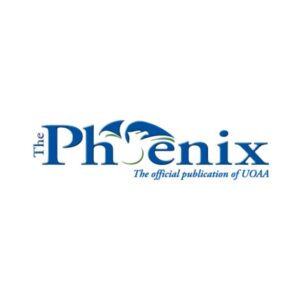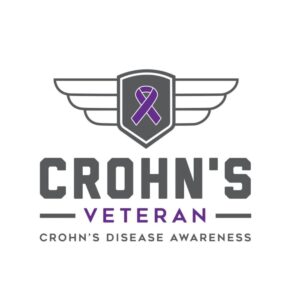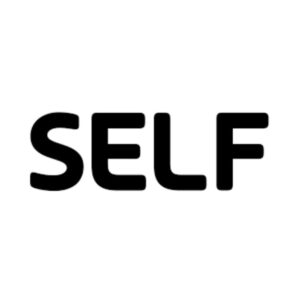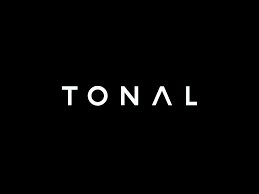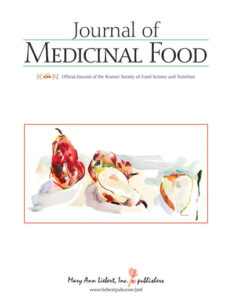Plant-Based High-Calcium Foods
Getting Enough Calcium If Lactose Intolerant
Calcium is the most abundant mineral in the body. 99% of our body’s calcium supply is stored in the bones and teeth, where it supports our body’s structure and function.
1% of our body’s calcium is in our blood serum, and it supports critical metabolic functions in our body like muscle function, blood vessel contraction and dilation, nerve transmission, and cell signaling. If we don’t have enough calcium in our blood serum, then our body takes more calcium from the reserves in our bones, which leads to osteopenia and osteoporosis.
Additionally, if on corticosteroids, people with IBD may be more at risk for bone loss. Therefore, calcium becomes even more important!
How Much Calcium Do You Need?
The recommended levels are set to meet the needs of the greater majority of the population.
Here are the current recommended average daily intake levels that are sufficient to meet the requirements of nearly all healthy individuals (Recommended Dietary Allowance) for calcium:
· Males 19-50 years: 1000 mg
· Females 19-50 years 1000 mg
· Males 51-70 years: 1000 mg
· Females 51-70 years: 1200 mg
There are many dietary sources of calcium, but dairy foods tend to be the most readily available in the United States. Soy, nut, rice, and other grain milks fortified with calcium and vitamin D are now available. They are usually fortified to 300 mg calcium per cup, equivalent to the amount of calcium in cow’s or goat’s milk, but the nutrition label should be checked.
High Calcium Plant-Based Foods
(contains more than 200 milligrams or more)
- Cereal, calcium fortified
- ½ cup = 200-670 mg
- Cereal bar, calcium fortified
- 1 each = 300 mg
- Soy milk or rice milk, calcium fortified
- 1 cup = 300-370 mg
- Tofu, fortified with calcium sulfate or lactate
- 1/4 cup = 215 mg
Moderate Calcium Plant-Based Foods
(contains 50-200 milligrams)
- Almonds
- 1 oz = 75 mg
- Bagel, enriched, 4″
- 1 each = 80 mg
- Beans, white, canned
- ½ cup = 95 mg
- Chocolate
- 1.5-oz bar = 85 mg
- Cream of wheat, regular
- ½ cup = 60 mg
- Dried beans and peas
- ½ cup = 50-100 mg
- Figs, dried
- 5 each = 135 mg
- Greens, beet
- ½ cup = 80 mg
- ·Greens, collards
- ½ cup = 135 mg
- Greens, mustard
- ½ cup = 50 mg
- Greens, turnip or bok choy
- ½ cup = 100 mg
- Hummus
- ½ cup = 65 mg
- Kale
- ½ cup frozen or 1 cup raw = 90 mg
- Oatmeal
- ½ cup = 85 mg
- Oatmeal: instant, fortified, prepared with water
- 1 packet = 110 mg
- Okra
- ½ cup = 90 mg
- Orange
- 1 each = 50 mg
- Orange juice, calcium fortified
- ½ cup = 175-200 mg
- Roll, hamburger or hotdog
- 1 each = 60 mg
- Soybeans
- ½ cup = 130 mg
- Soy milk, not fortified
- 1 cup = 60 mg
- Spinach
- ½ cup = 135 mg
- Sweet potato, baked with skin
- 1 medium = 55 mg
- Tortillas, 6″ flour
- 2 each =80 mg
- Vegetable or soy patty
- 1 each = 85 mg
- Waffles, 4″ frozen
- 1 each = 100 mg
Lower Calcium Plant-Based Foods
(contains less than 50 milligrams)
- Blackberries
- ½ cup = 20 mg
- Bread, whole grain or white
- 1 slice = 30-35 mg
- Broccoli
- ½ cup = 30 mg
- Broccoli, raw
- ½ cup = 20 mg
- Brussels sprouts
- ½ cup = 30 mg
- Cabbage, Chinese, raw
- ½ cup = 35 mg
- Green beans
- ½ cup = 25 mg
- Kiwi
- 1 medium = 25 mg
- Lentils
- ½ cup = 20 mg
- Nuts, most varieties
- 1 oz = 30 mg
- Peas, green, frozen
- ½ cup = 20 mg
- Seeds, sunflower
- 1 oz = 20 mg
- Spinach, raw
- 1 cup = 30 mg
- Squash
- ½ cup = 25 mg
- Tangerine
- 1 each = 30 mg
- Tofu, unfortified
- ½ cup = 20 mg
Very Low Calcium Plant-Based Foods
(contains less than 20 milligrams)
- Fruit and fruit juice
- 1 each or ½ cup
- Meat and poultry
- 1 oz
- Popcorn
- 1 cup
- Rice
- ½ cup
- Tuna, canned
- 3 oz
- Vegetables not previously listed
- ½ cup
Sources: US Department of Agriculture Agricultural Research Service. USDA National Nutrient Database for Standard Reference and Nutrient Data Laboratory; NutritionData.com. Nutrition Facts and Information.
Want more personalized recommendations?
Still feeling confused about how to get enough calcium? I help my clients implement a highly personalized nutrition plan that brings clarity around which to foods to add that may be beneficial, reduces fear and anxiety around eating, reduces inflammation, and ultimately helps them to get their lives back.
Want to chat more about your specific situation and see if we’re a good fit to work together?
Apply for a complimentary 30-minute virtual consultation!



